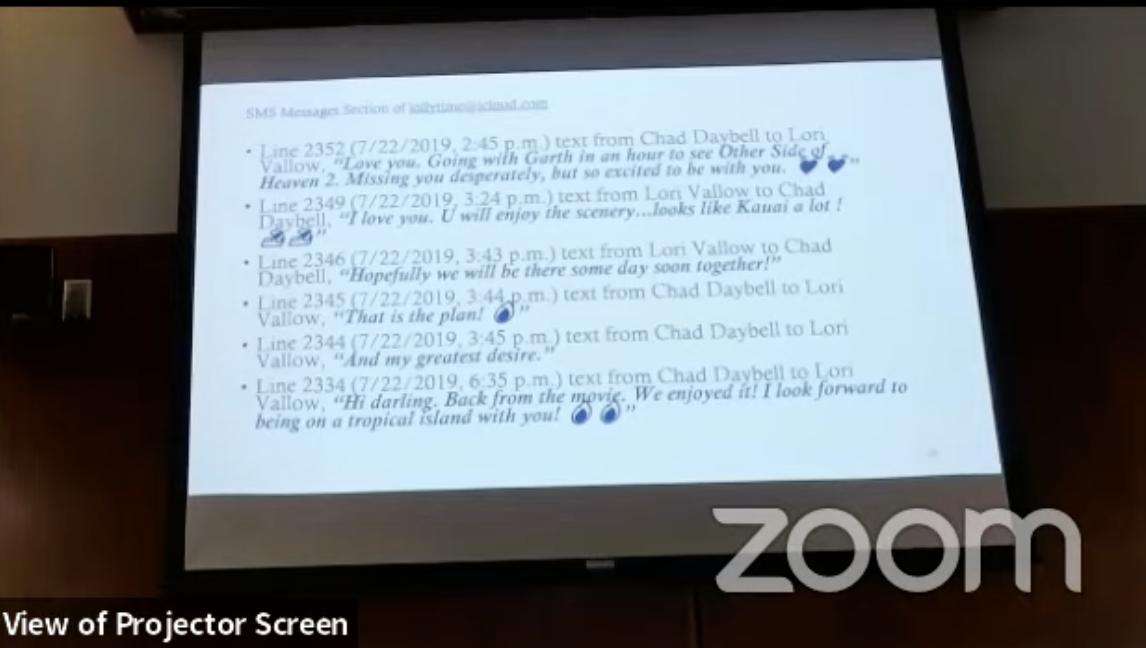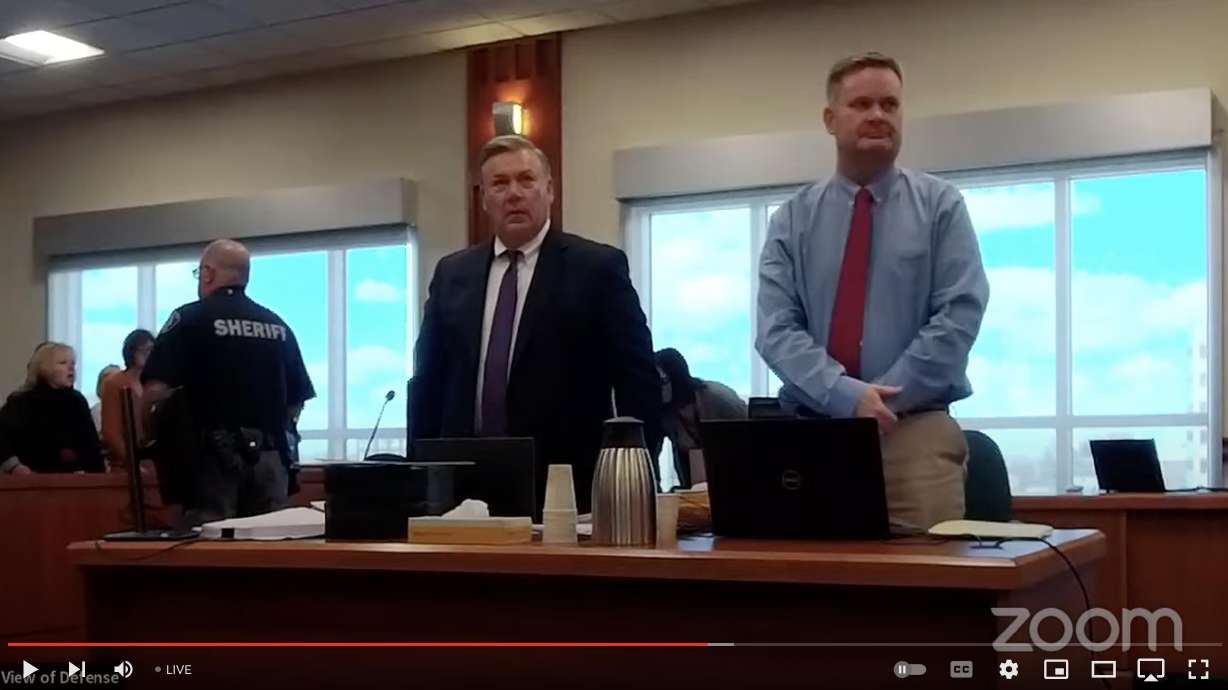Justice for All: Does The Inmate Placement Program Short Change Prisoners?
Sep 5, 2019, 8:57 PM | Updated: Jul 16, 2023, 3:59 pm
SALT LAKE CITY, Utah — It’s no secret the Utah state prison system has been overcrowded for decades. There are currently close to 7,000 inmates and that number is expected to go up as our state’s population continues to grow.
To house those inmates, 25 years ago the state put the “Inmate Placement Program” into effect. The state began contracting with county jails to house state prisoners to ease the overcrowding at the Utah State Prison.
Almost a quarter of Utah’s current 6,791 inmates (1,463 or 21.5%) are housed at county jails across the state.
How’s it working? Well, it depends on who you ask.
A Former Inmate’s Perspective
For the past few years, Brian Wood has been typing away on his laptop, writing opinion pieces for the Standard-Examiner and hoping to make a difference.
He’s a college grad, a salesman and a writer. And he’s a felon.
“I was booked in, I want to say, 18 times in 15 months,” Wood said.
In a span of three years, Wood pleaded guilty to nine felonies, including burglary, drug possession and prescription fraud.
He spent four years in the Utah State Prison and nearly a year in the Davis County Jail.
“Night and day,” said Wood, describing the difference between the facilities. “It is night and day. I’d rather do 12 months in prison over six months in jail, if you signed me up today, no doubt about it.”
Wood said other inmates feel the exact same way.
Here’s why: when it comes to correcting prisoners and giving them opportunities to succeed once they are free, Wood said the prison does that while county jails do not.
“They’re a completely different thing,” Wood said. “It’s not even close. It’s not meant for long term. It’s not meant to correct people. It’s just meant to put them somewhere for the time being. That’s the difference.”
Department of Corrections Perspective
Those who run the prison system had a different perspective.
Mike Haddon, executive director of the Utah Department of Corrections, said he disagrees there’s such a wide gap between the programs available in prisons versus jails.
Haddon said there is no difference, especially when it comes to core programs for sex and drug offenders.
“Our focus is on these offenders successfully leaving the criminal justice system,” Haddon said. “Whether you’re in Beaver County Jail or Kane County Jail, going through substance abuse treatment, you’re getting treatment that’s almost identical to the treatment we would be providing in our Gunnison prison facility.”
On paper, Haddon is right about the treatment.
Last year, in nine different county jails, 187 state inmates went through the substance abuse program and 65 successfully completed sex offender treatment.
Financially, the state’s arrangement with the county jails makes sense. The state pays $0.73 on the dollar to house state prisoners in county jails.
Win-win, right?
Prison Advocacy Perspective
Maybe not.
“I would give it a C-minus,” said Molly Prince, founder and past president of the Utah Prisoner Advocacy Network.
She said numbers aside, the prison offers more resources and often a better, more stable environment which ultimately prepares inmates for success on the outside.
“We get letters from people that were working, saying, ‘We’re doing everything, never had a write up for 10 years,’ and suddenly they’re out in a county jail that has nothing to offer,” Prince said.
For example, an inmate who is preparing for the outside world may be taking classes to get certified in business or automotive technology at the prison. If that inmate is transferred to the Iron County Jail, the chances of getting those certifications are now gone, which means they could be released with no real skill set.
“It feels like a punishment,” Prince said.
Haddon believed the system they have in place is effective but admitted it also needs some tweaking.
“It’s not sustainable,” Haddon said. “We’ve got to find a different pattern or a different selection process.”
Where Inmates Serve Time
Deciding who stays in the state prison and who goes to a county jail can be tricky.
Inmates who are disruptive, out-of-control or have behavioral problems are not sent to the jails. They remain in the program-filled state facilities.
“We house people based on their behavior, not necessarily based on the crime that they’ve committed,” Haddon said. “If they’re behaving and not a management problem, then they are appropriate to go out into a county jail.”
Price said that’s not fair to those who are trying to change.
And it’s not just about behavioral issues.
Haddon said the growing population of aging inmates also has an impact on who serves time at which facility.
The number of offenders aged 60 or older has risen 300% in the last decade.
The number of offenders 70 years or older is up 400% in that same time period.
Because the Draper facility has a transportation team for taking inmates back and forth to medical appointments, the Utah State Prison houses those older inmates.
Plus, Haddon said the location gives them quick access to the University Medical Center.
“What (the aging inmate population) does is causes us problems because those are the medically fragile inmates that are very difficult for us to put out into a county jail,” Haddon said.
Which means the younger, healthier, sometimes more promising inmates, may be forced into the rented-out jails.
Jails with fewer people and fewer programs.
And maybe, as former inmate Brian Wood believes, jails with fewer opportunities to succeed when they get out.














